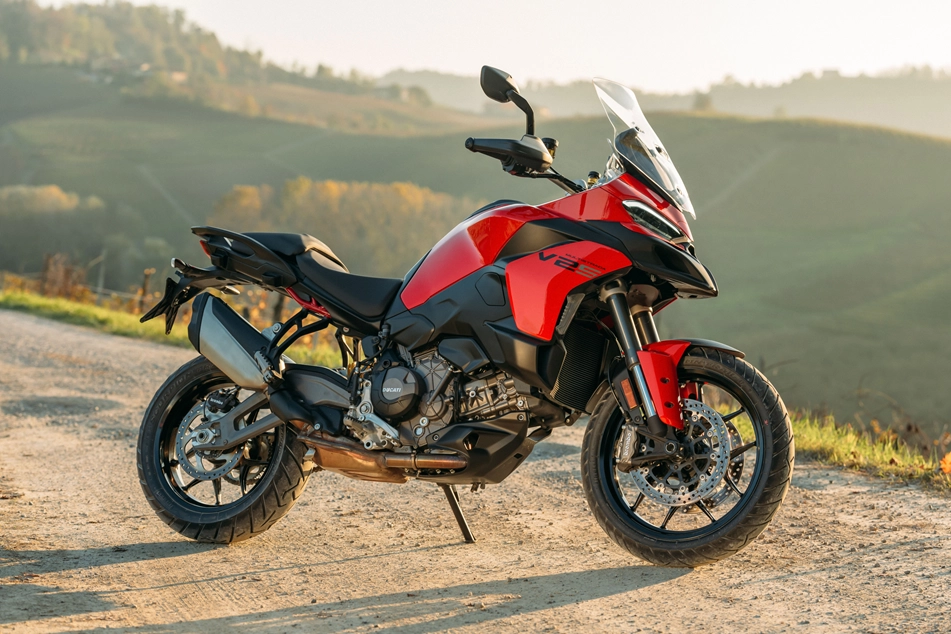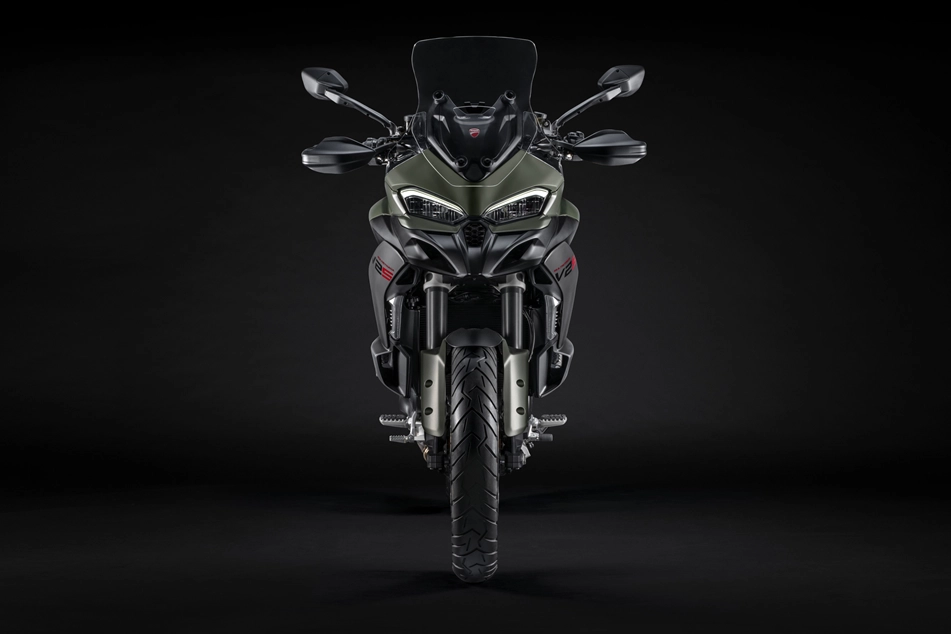The 2025 TVS Ronin was launched on the Day 2 of Motosoul 4.0. Motosoul is the maker’s annual event.
The press release did not reveal the specifications about the bike apart from usual marketing talk, so here they are:
- Type: Lightweight modern retro.
- Engine: 225.9cc, single-cylinder, SOHC, oil-cooled.
- Output: 20hp at 7,750 RPM and 19.9Nm at 3,750 RPM.
- Transmission: 5-speed with assist and slipper clutch.
- Frame: Steel.
- Suspension: 41mm upside-down forks in front, monoshock with 7-step preload adjustment at the rear.
- Brakes: 300mm single disc (front), 240mm disc (rear), dual-channel ABS.
- Wheels: 17-inches (front and rear).
- Colours: Glacier Silver and Charcoal Ember.
Begin Press Release:
TVS MotoSoul 4.0, the premier celebration of motorcycling organised by the TVS Motor Company, concluded at Vagator, Goa with an impressive display of innovation, diverse racing formats, and pioneering collaborations. On the final day of the festival, the new and refreshed 2025 TVS RONIN was unveiled. The motorcycle, now available in two striking color options—Glacier Silver and Charcoal Ember—perfectly balances timeless retro design with cutting-edge modern features. It has updated vibrant colours, graphics, state-of-the-art connected technology and performance tailored to suit any mood.
The final day at TVS MotoSoul 4.0 brought an adrenaline-fueled climax to the thrilling new motorcycle race formats that pushed riders to the limits. From high-speed flat track races and gritty dirt track challenges to intense obstacle courses and more, the competition was fierce and the excitement palpable. These high octane events not only showcased the riders’ skills but also elevated the energy of the festival, bringing together a community united by their shared love for the machine. With each race, the thrill of the ride reached new heights, solidifying TVS MotoSoul as the ultimate celebration of motorcycling passion.
Commenting on the last day of the festival, Mr. Vimal Sumbly, Head Business – Premium, TVS Motor Company said, “TVS MotoSoul 2024, with its theme ‘Feel the Adrenaline, Feel the Inspiration, Feel the Groove,’ has been a true celebration of passion, creativity, and community. With every edition, we aim to elevate the spirit of motorcycling, offering exciting experiences for riders and enthusiasts alike. It is inspiring to see the motorcycling community thrive, and we remain dedicated to creating unique experiences that strengthen the bond between man and machine.”
New Unveil (All New TVS RONIN):
The New TVS Ronin impressed with the unveil of two striking new color options: Glacier Silver and Charcoal Ember. These colors replace the previous Delta Blue and Stargaze Black. The new colours enhance the motorcycle’s lineup and upgrade the mid-variant, reinforcing TVS Motor’s commitment to innovation and customer satisfaction.
For the first time, the mid-variant will be equipped with Dual-Channel ABS, which enhances safety and stabiliy for riders. This upgrade creates a more consistent differentiation across all three variants of the TVS Ronin, providing clear distinctions not only in color and graphics but also in functionality.






















































